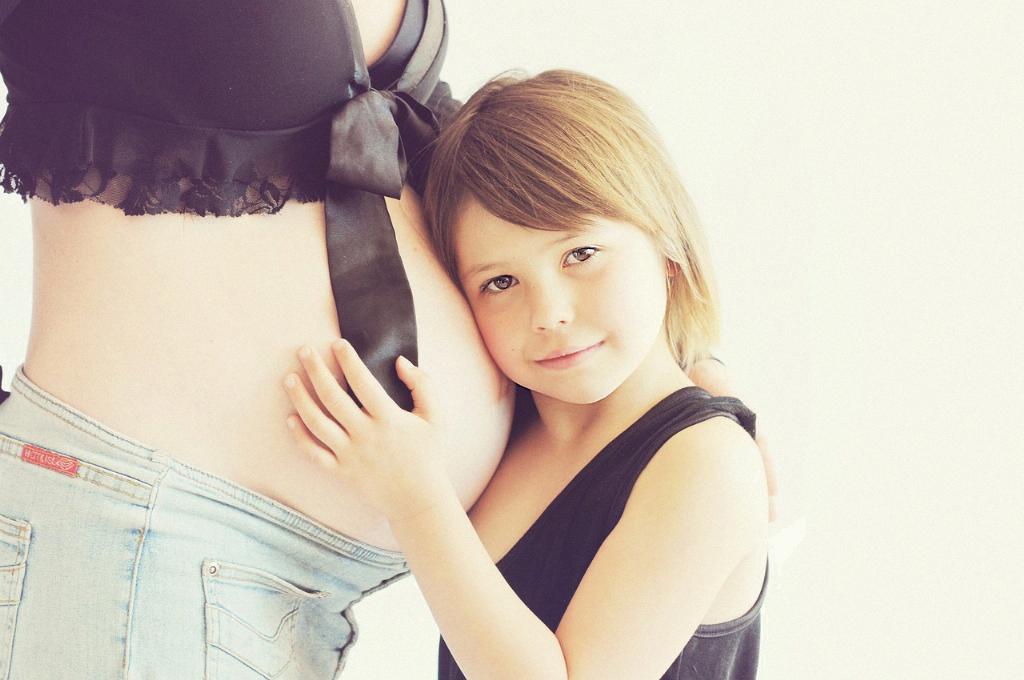When you are between 2 to 3 weeks pregnant, your baby is just beginning to form. At this early stage, your developing fetus is known as a blastocyst, which is a tiny cluster of cells that is roughly the size of a pinhead. In the first few days after conception, the fertilized egg travels to the uterus, where it will eventually implant itself for further growth.
The Implanted Blastocyst
As the blastocyst implants itself into the uterine wall, it marks the beginning of a remarkable journey towards becoming a fully formed baby. At this point, the blastocyst is starting to develop important structures that will eventually give rise to the various organs and tissues of the body.
Cell Division and Differentiation
During weeks 2 to 3 of pregnancy, rapid cell division and differentiation are taking place within the blastocyst. Cells are starting to specialize and take on specific roles in the growing embryo. This process sets the stage for the complex development that will unfold over the coming weeks and months.
Formation of the Amniotic Sac
One of the early structures that begins to form around this time is the amniotic sac, which will eventually surround and protect the developing fetus throughout the pregnancy. The amniotic sac is filled with amniotic fluid, providing a cushion for the growing baby.
Development of the Placenta
Simultaneously, the placenta, a vital organ that nourishes the fetus and removes waste products, is also starting to take shape. The placenta plays a crucial role in supporting the developing baby by providing essential nutrients and oxygen through the umbilical cord.
Primitive Streak and Gastrulation
Another critical milestone during this early stage of pregnancy is the formation of the primitive streak, a structure that marks the beginning of gastrulation. Gastrulation is a process where the three primary germ layers of cells \u2013 ectoderm, mesoderm, and endoderm \u2013 are established, laying the foundation for the development of all tissues and organs.
Neural Tube Formation
Within the blastocyst, the neural tube is also beginning to form, which will eventually give rise to the brain and spinal cord. The development of the nervous system is a complex process that unfolds gradually over the course of pregnancy, starting as early as weeks 2 to 3.
Early Heart Development
At this stage, the primitive heart tube is beginning to form, marking the initial stages of heart development. The heart will continue to develop and mature throughout the pregnancy, eventually becoming a fully functional organ that is essential for sustaining life.
Limbs and Organogenesis
Although it’s still early in the pregnancy, the rudiments of the limbs are starting to take shape as limb buds begin to emerge. This period is also characterized by organogenesis, where the major organs and organ systems start to develop and take on their characteristic features.
Challenges and Milestones
While the early weeks of pregnancy are a period of incredible growth and development, they also come with their share of challenges. It is crucial to take care of your health and well-being during this critical time to support the optimal growth and development of your baby.
Importance of Prenatal Care
Regular prenatal check-ups and care are essential for monitoring the progress of your pregnancy and ensuring that both you and your baby are healthy. Your healthcare provider can offer guidance and support to help you navigate the various changes and milestones that occur during pregnancy.
Embracing the Journey
As you journey through the early stages of pregnancy, it’s important to embrace the wonder and complexity of the life growing within you. Each week brings new developments and milestones, laying the foundation for the miraculous journey that is pregnancy and childbirth.

